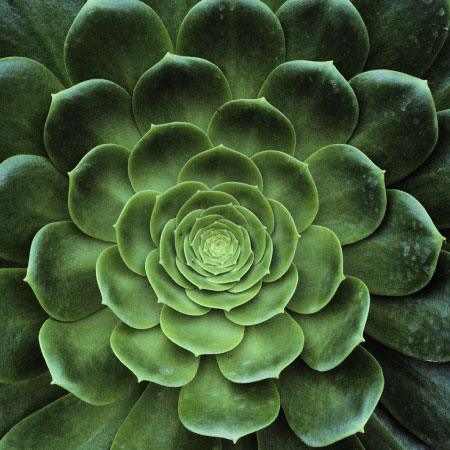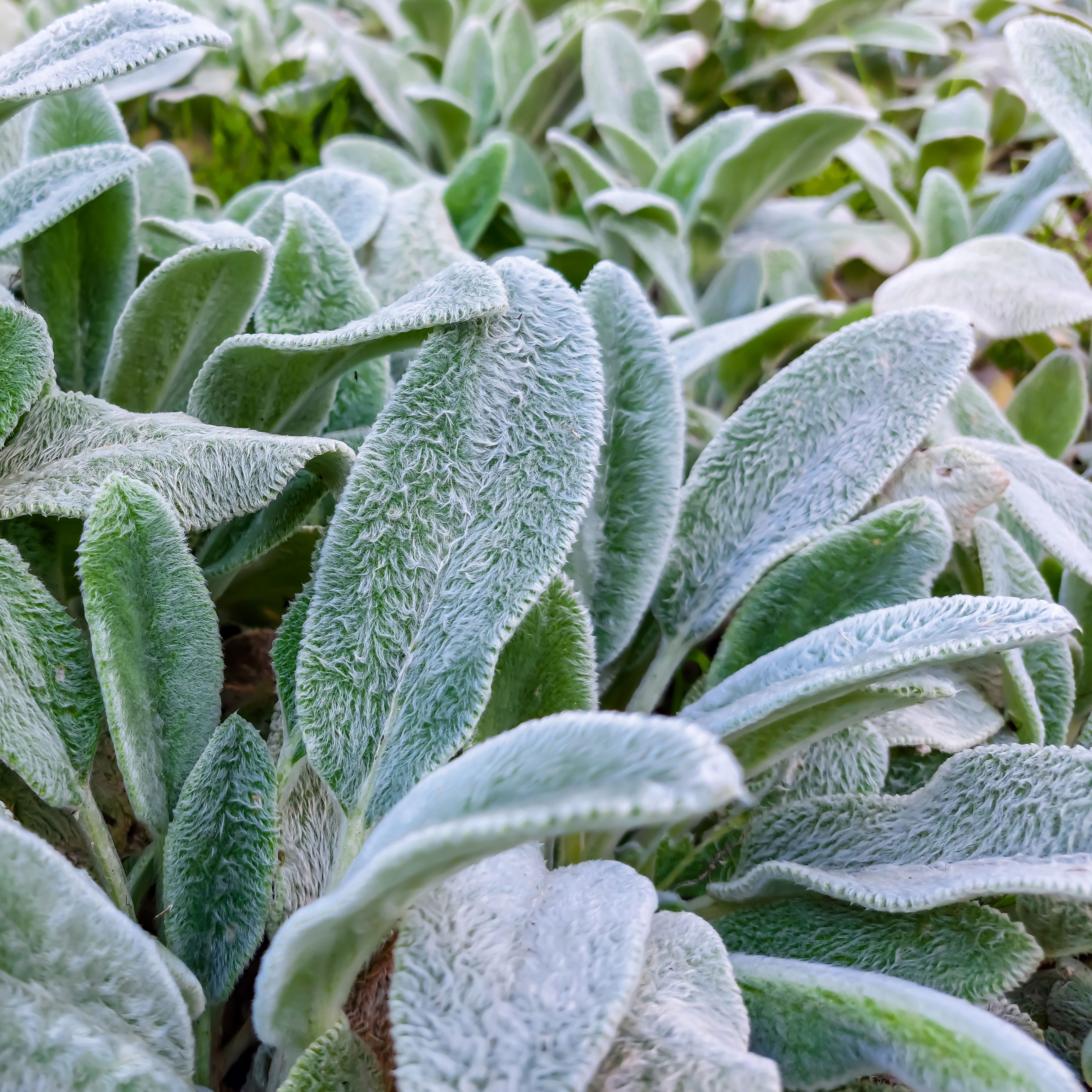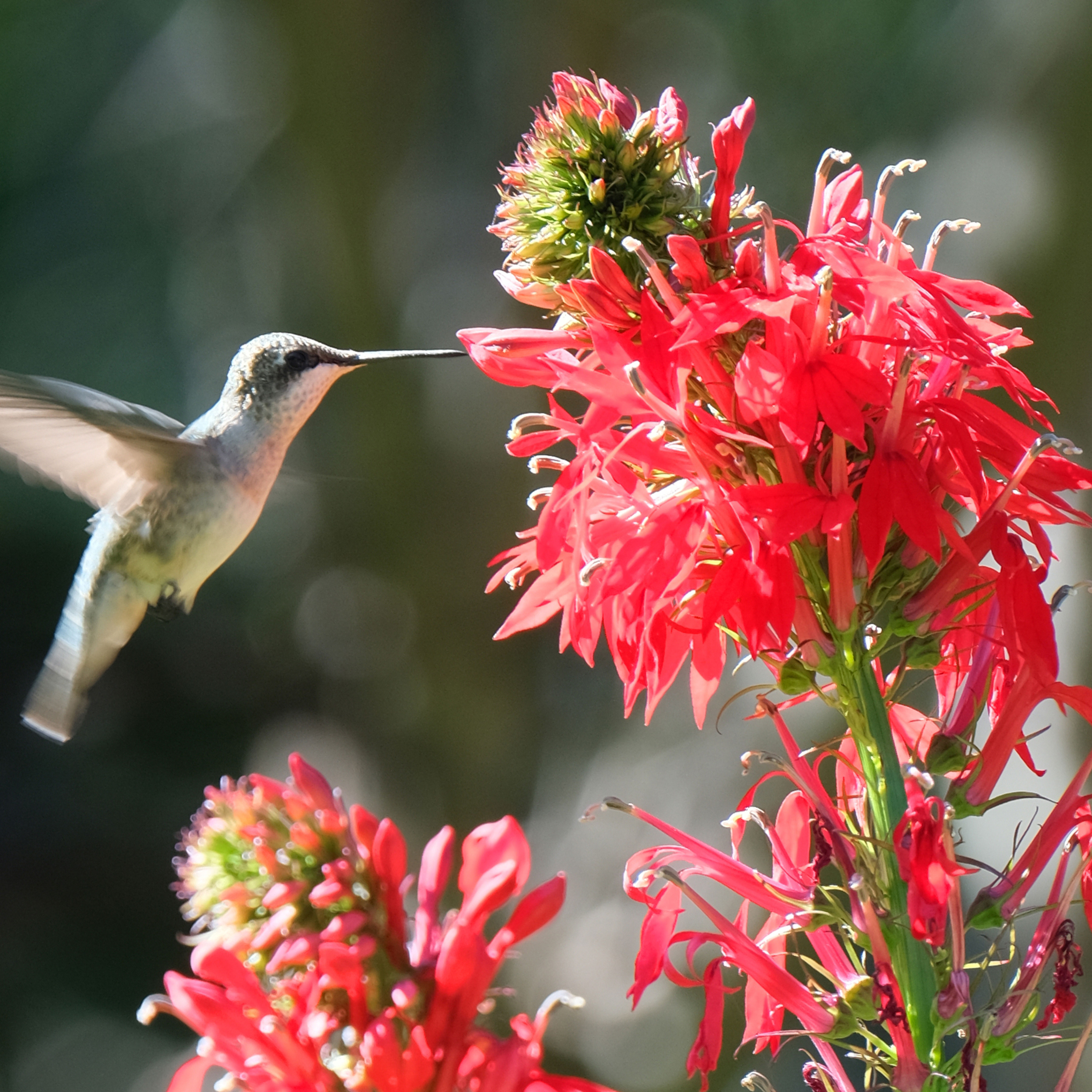Urban Garden Pollution: Managing City Pollution Problems For Gardens


Urban gardening provides healthy local produce, provides temporary respite from the hustle and bustle of the city, and offers a way for urban dwellers to experience the joy of growing food for themselves and others. However, urban garden pollution is a serious problem that many enthusiastic gardeners don’t take into consideration. Before you plan your urban garden, take time to think about the many pollution effects in city gardens.
How to Fix Pollution in a City Garden
Smog and ozone damage to plants is common in urban areas. In fact, the haze or smog often seen in many cities is normally contributed to ground-level ozone, especially in summer, and is made up of various pollutants. It is also responsible for coughing and stinging eyes, among other things, which many urbanites suffer from. As to gardening in areas with smog, it's not so much about what's in the air affecting our plants, but what's in the ground where they grow.
While we usually think of air pollution when we think about city gardening pollution, the real city pollution problem for gardens is in the soil, which is often toxic from years of industrial activities, poor land use, and vehicle exhaust. Professional soil remediation is extremely expensive and there are no easy fixes, but there are things urban gardeners can do to improve the situation.
Choose your garden site carefully before you begin and consider the ways the land has been used in the past. For example, the ground may look pristine and ready to plant, but the soil may contain toxic substances such as:
- pesticide and herbicide residue
- lead-based paint chips and asbestos
- oil and other petroleum products
If you can’t track down the former use of the land, check with the county or city planning department or ask your local environmental protection agency to perform a soil test.
If possible, locate your garden away from busy streets and railroad rights-of-way. Otherwise, surround your garden with a hedge or fence to protect your garden from windblown debris. Dig in plenty of organic matter before you begin, as it will enrich the soil, improve soil texture, and help to replace some of the lost nutrients.
Learn How One Garden Is Combatting Urban Pollution
Gardening tips, videos, info and more delivered right to your inbox!
Sign up for the Gardening Know How newsletter today and receive a free copy of our e-book "How to Grow Delicious Tomatoes".
If the soil is bad, you may need to bring in clean topsoil. Use only certified safe topsoil provided by a reputable dealer. If you determine that the soil is not suitable for gardening, a raised bed filled with topsoil may be a viable solution. A container garden is another option.

A Credentialed Garden Writer, Mary H. Dyer was with Gardening Know How in the very beginning, publishing articles as early as 2007.
-
 Looking For Plants To Give You The Soft And Fuzzies? Try These 5 Fuzzy Leaf Plant Options
Looking For Plants To Give You The Soft And Fuzzies? Try These 5 Fuzzy Leaf Plant OptionsLovers of texture, drama, silver foliage and tactile plants will adore these special sensory garden additions. These fuzzy leaf plant options will leave you all aglow
By Susan Albert
-
 Get Ready For A Summer Of Hummers! Grow These Full Sun Hummingbird Plants and Flowers
Get Ready For A Summer Of Hummers! Grow These Full Sun Hummingbird Plants and FlowersIf you’re lucky enough to enjoy a sunny backyard, make sure you are maxing out on your pollinator opportunities and grow these full sun hummingbird plants and flowers
By Tonya Barnett